TPO – According to the proposal, the high-speed rail ticket price is expected to be about 75% of the airfare under normal conditions, divided into 3 levels; suitable to people's ability to pay to encourage people to access high-speed rail services.
On average there will be a station every 67km.
The Government has just submitted a draft report to the National Assembly on the pre-feasibility study report of the high-speed railway project on the North-South axis. Accordingly, the North-South high-speed railway will be about 1,545km long, from Ngoc Hoi station ( Hanoi ) to Thu Thiem station (HCMC), double track, 1,435 mm gauge.
The project passes through 20 provinces and cities including: Hanoi, Ha Nam, Nam Dinh, Ninh Binh, Thanh Hoa, Nghe An, Ha Tinh, Quang Binh, Quang Tri, Thua Thien - Hue, Da Nang, Quang Nam, Quang Ngai , Binh Dinh, Phu Yen, Khanh Hoa, Ninh Thuan, Binh Thuan, Dong Nai, Ho Chi Minh City.
The high-speed railway line is arranged with 23 passenger stations with a distance of 67km/station, located near the economic and political centers of the localities.
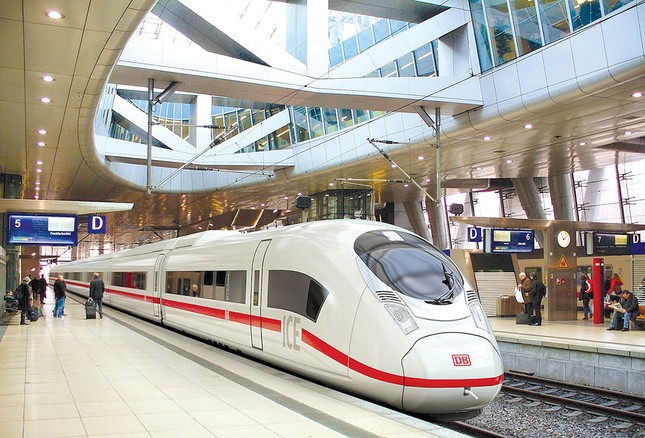 |
The average high-speed railway route of about 67km will have one stop. Illustrative photo. |
According to the Government, in the current planning of Hanoi and Ho Chi Minh City, which has been reported and basically agreed upon by the Politburo, each locality will arrange 1 station. Particularly, Ha Tinh, Binh Dinh and Binh Thuan provinces will arrange 2 stations. This ensures that trains run at maximum operating speed (320 km/h) covering 70-80% of the length between two stations (acceleration distance of about 7.2 km; deceleration distance of about 9.5 km).
In addition, to ensure national defense, security, and freight transport when needed, the route has 5 freight stations at major freight hubs.
In particular, it is planned to build 5 depots on the route to serve the assembly, repair and maintenance of passenger trains (in Hanoi, Nghe An, Da Nang, Khanh Hoa and Ho Chi Minh City) and 4 depots to serve the repair and maintenance of cargo trains (in Ha Tinh, Quang Nam, Khanh Hoa and Dong Nai).
Ticket price is 75% of the low-cost airline ticket price
To shorten the implementation time and mobilize maximum resources and domestic contractors to participate in the project, the Government plans to divide it into 4 component projects and implement them simultaneously.
Specifically, component project 1 includes the section from Ngoc Hoi station (Hanoi city) to Vinh station (Nghe An province) with a total length of about 281 km; component project 2 includes the section from Vinh station (Nghe An province) to Da Nang station (Da Nang city) with a total length of about 420 km.
The 3-section component project from Da Nang station (Da Nang city) to Dien Khanh station (Khanh Hoa province) has a total length of about 480 km; the 4-section component project from Dien Khanh station (Khanh Hoa province) to Thu Thiem station (HCMC) has a total length of about 360 km.
If the National Assembly approves the investment policy during the upcoming National Assembly session in October, the project aims to carry out site clearance for the entire route and start construction of component projects by the end of 2027; striving to complete the entire route by 2035 with a total project investment of about 1.7 quadrillion VND (about 67.3 billion USD).
Specifically, estimated cost items include compensation, support and resettlement costs of nearly VND150,000 billion; construction and equipment costs of about VND974,500 billion; vehicle and locomotive costs of about VND110,376 billion; project management, consulting and other costs of about VND162,731 billion; contingency costs of about VND260,783 billion; interest costs during the construction period of about VND55,438 billion.
“The route has about 60% of the structure being bridges, 10% being tunnels and 30% being ground, so the project investment rate is about 43.7 million USD/km. This is the average level compared to some high-speed railway lines in the world with the same operating speed range when converted to 2024,” the Government’s report stated.
One of the issues of concern to the people is the price of high-speed rail tickets, according to the calculation of the drafting agency, expected to be about 75% of the price of low-cost air tickets under normal conditions. To suit the ability to pay and attract passengers, high-speed rail tickets are divided into 3 price levels corresponding to different subjects and levels of comfort.
“The proposed fare does not have much difference compared to countries with similar conditions to Vietnam or with high-speed railway lines of great length, lower than air, higher than road but with higher service quality, saving time, safety, and convenience to encourage people to access high-speed railway services,” according to the proposal.
The Ministry of Finance said that when investing in the high-speed railway, by 2030, all three criteria: public debt, government debt, and foreign debt of Vietnam are still lower than the allowed level. Accordingly, the largest public debt is 44% compared to the allowed level of 60%; the largest government debt is 43% compared to the allowed level of 50%; the largest foreign debt is 45% compared to the allowed level of 50%.
The period after 2030 with growth and public debt safety indicators shows that the project meets public debt targets; government debt, national foreign debt, and budget deficit indicators increase slightly; direct debt repayment obligations increase but not much compared to the no-investment scenario.
According to the Government, during the construction period, calculations show that it will contribute to increasing the average GDP of the whole country by about 0.97 percentage points/year compared to the scenario of not investing in the project. Along with that, commercial exploitation is expected to earn about 22 billion USD, not including the investment costs of vehicles and equipment, which will be paid by Vietnam Railways Corporation. These factors will contribute to improving all macro-financial indicators.
In particular, after the high-speed railway is put into operation, it will create momentum for the development of industries, fields, and economic regions, creating the premise to promote breakthrough socio-economic development of the whole country.
Source: https://tienphong.vn/de-xuat-gia-ve-duong-sat-toc-do-cao-bac-nam-post1677588.tpo








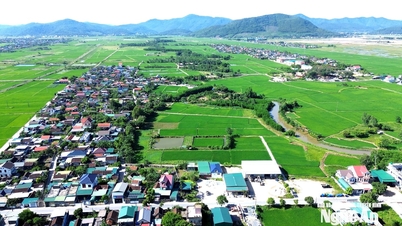

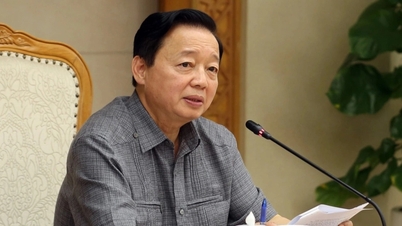

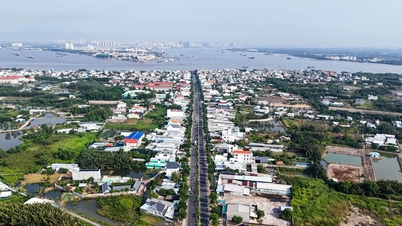

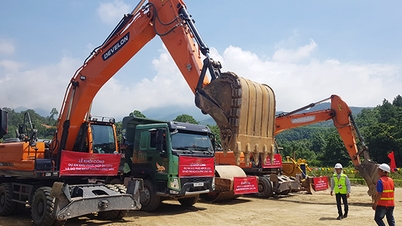



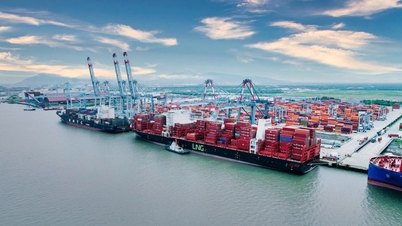


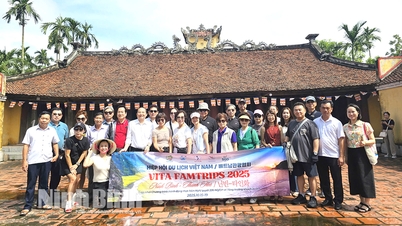









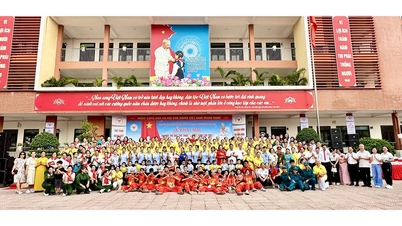
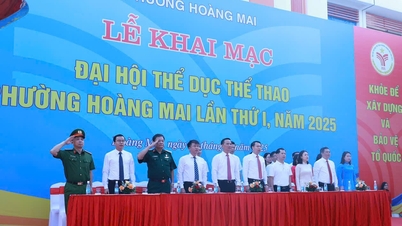






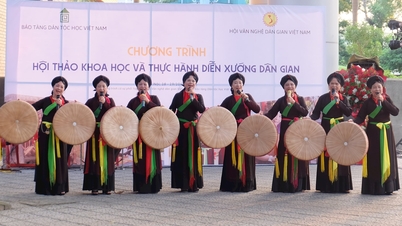





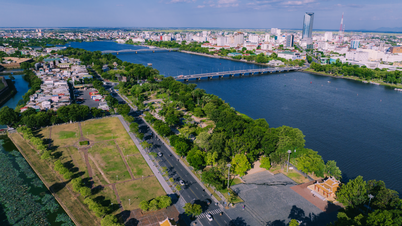









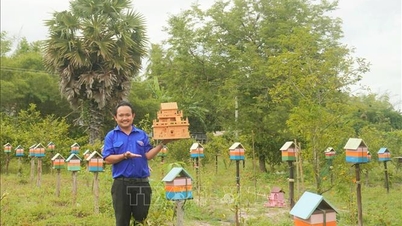


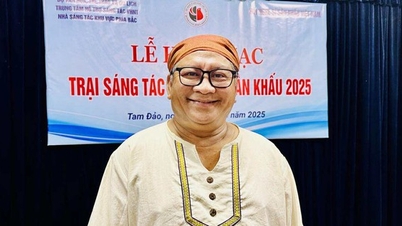




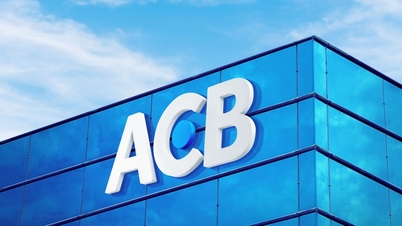
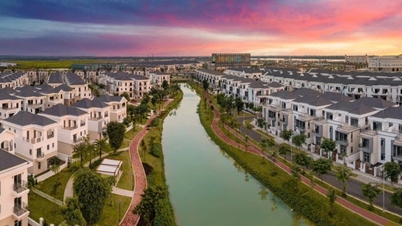
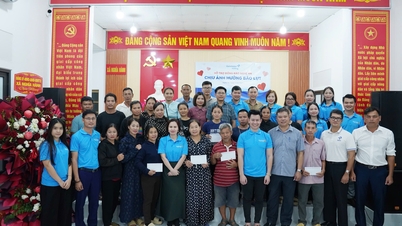







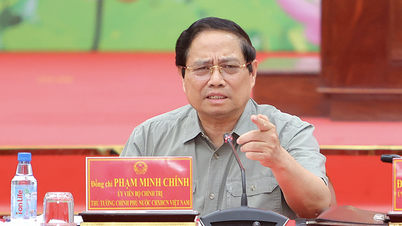
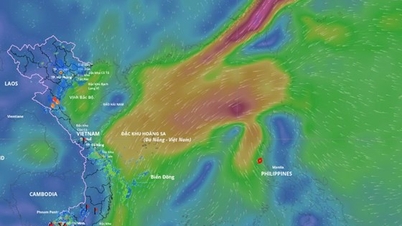



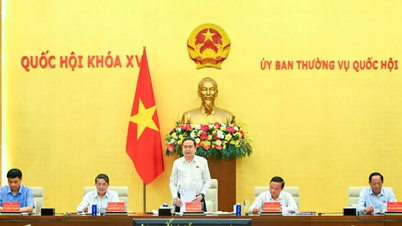





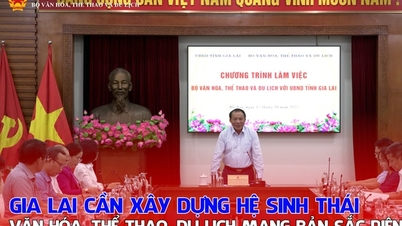

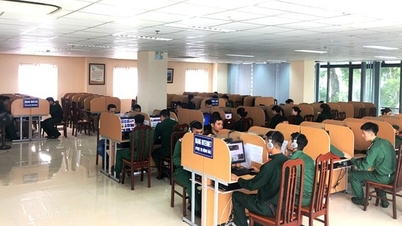





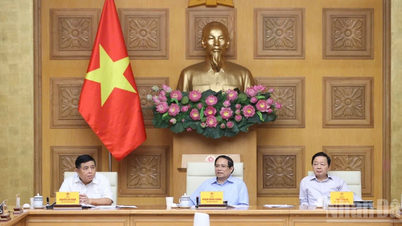












Comment (0)